
As we didn’t have a tour today due to a bad seastate, we have a fun fact for you about the Common Dolphins!
The Common Dolphin is one of the resident species here in the Azores, which means that they are here year round. They are abundant within this area and they can show up in big numbers. Usually groups are around 20 to 30 individuals. They can however show up in groups of 200 in highly productive feeding grounds or when they are socializing. They can also be found interacting with other species, such as with the Atlantic Spotted Dolphins, the Bottlenose Dolphins and the Striped Dolphins. Also it is great to swim with them as they are very curious!
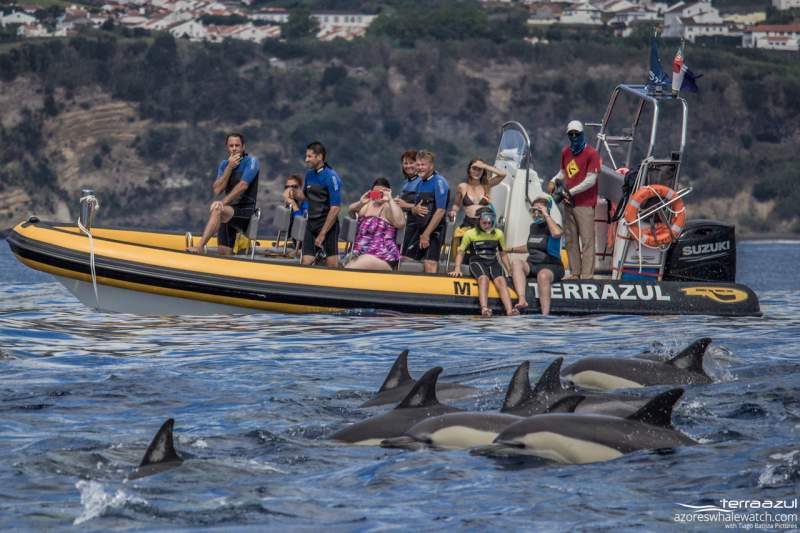
Swim-with Common Dolphins
This species is the only one around here with a yellow coloration. These dolphins have a black coloration on the top of their back, yellow and greyish hourglass shaped form on their sides and a white belly. They are amazing to see, really beautiful!
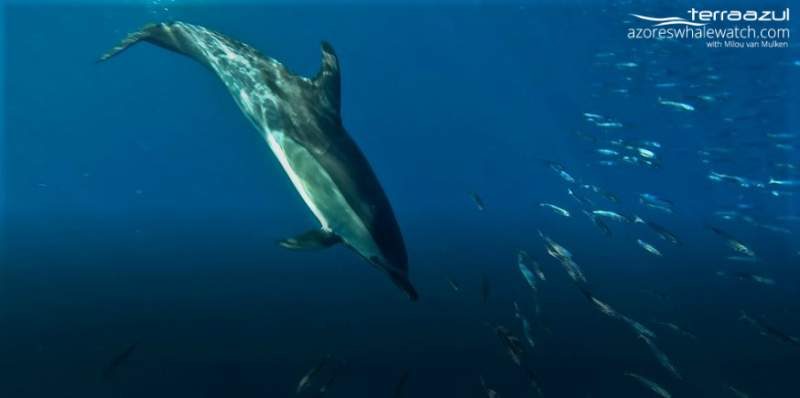
Common Dolphin chasing his meal on high speed!
These dolphins are not very big, they can reach 2 to 2,5 meters. When they are born they have a maximum length of 70 centimeters, so small! They usually stay with their mother for 2 to 3 years. The mother has a gestation period for 10 to 12 months, a little longer than we humans have. You can see that the calf swims beside the dorsal fin of the mother, this is because the dorsal fin stimulates a hydrodynamic current which allows the calf to swim as fast as the mother. This is why a group with a lot of calves can swim as fast as a group with only adults, the calves don’t slow the group down this way.
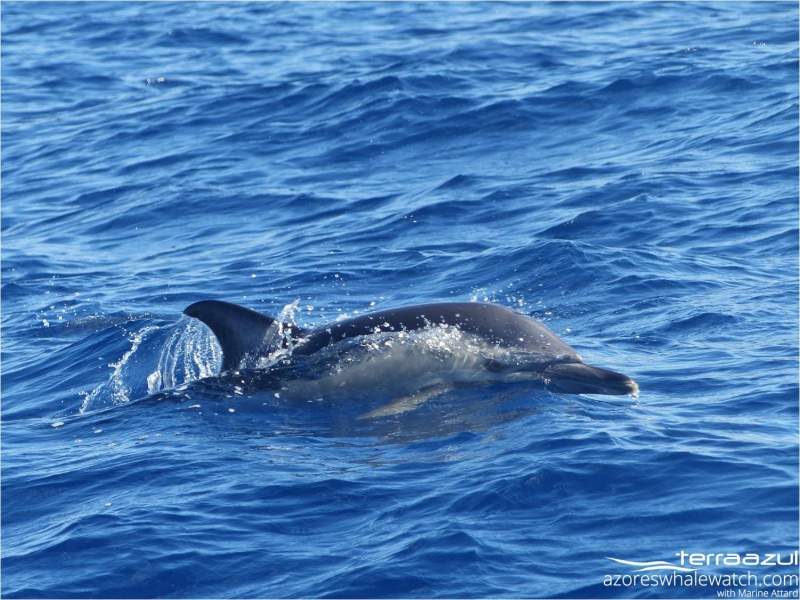
Common Dolphin with speed!
You can also see a row of 3 dolphins beside each other, with a calf in between. Besides what most people think, it’s not a family (mother, father, calf), but 2 females with a calf. Pregnant females tend to have a helper during the first stage of the pregnancy, and they help to get the calf up to the surface as soon as it is born ?
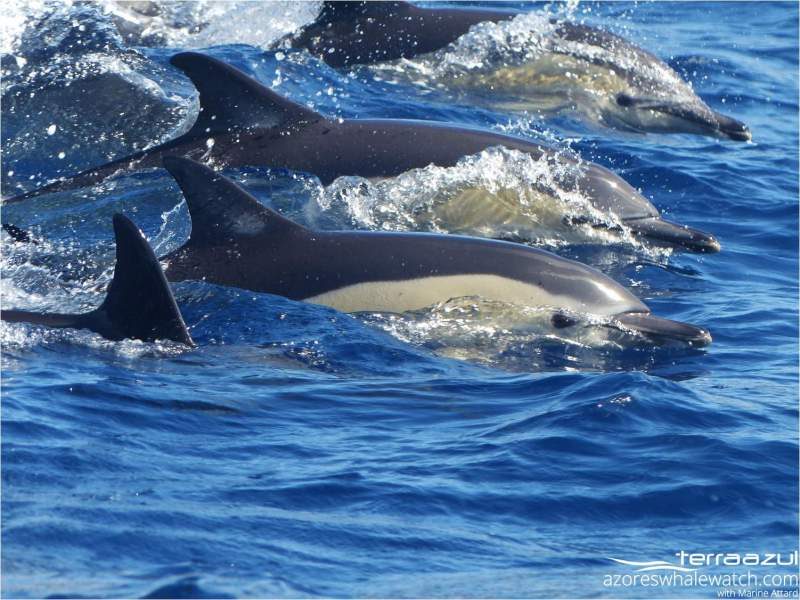
Common Dolphins surfing waves, the first to catch a fish is the winner!
While they are abundant over here, they also used to be abundant in the Mediterranean sea. They were actually the most abundant cetacean species living in the Mediterranean sea until the 1960’s. Now, not even 60 years later, they are almost gone with a few animals left in that area. This is mostly because of human activity; due to chemical pollution and overfishing. This species got entangled in fishing nets, which leads them to drowning. Some were also caught and then used as a bait for sharks.
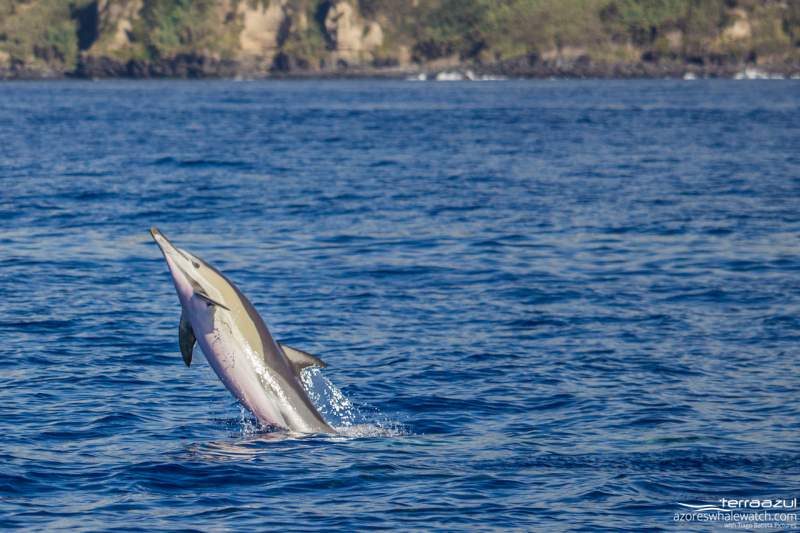
It is really a shame to see so many animals disappearing… But happily Tethys Research Institute is working on a detailed conservation plan to protect the Common Dolphin in the Mediterranean sea. You can even help them out! This is their website.
Please think before throwing litter away in the nature. Everything which is thrown on the street is getting its way to the ocean, where many sea life can get entangled and see it as food (many sea life dies from this..) We are always trying to collect as many trash as we can! Remember: out of sight, out of mind is not keeping the ocean clean! Sea life needs to be alive for us to see them 😉
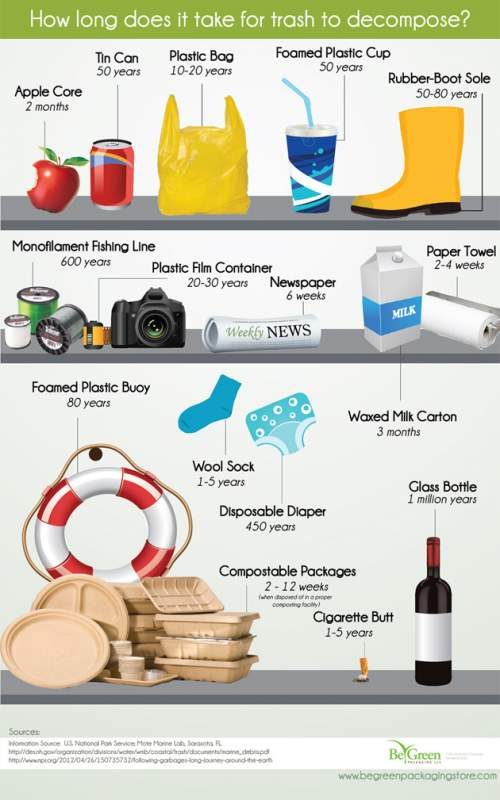
How long does it take until it is gone ? © https://begreenpackagingstore.com/blogs/news/7873165-how-long-does-it-take-for-trash-to-decompose

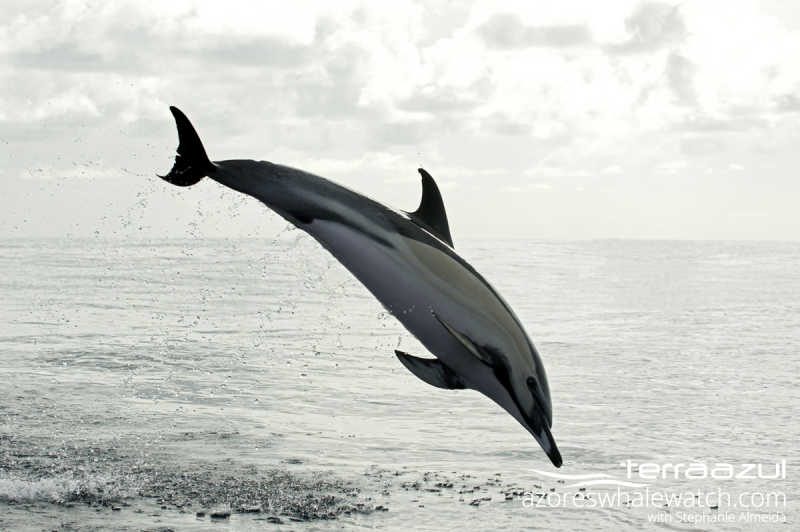











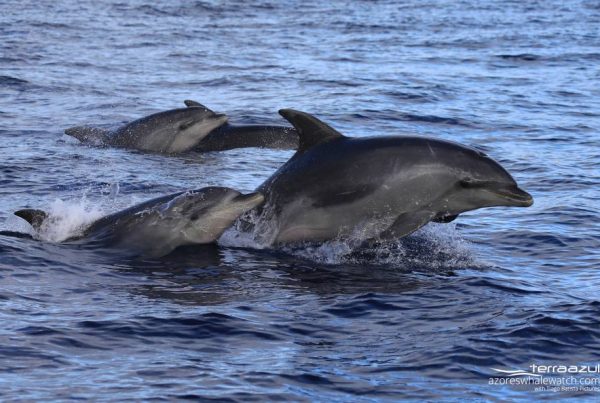
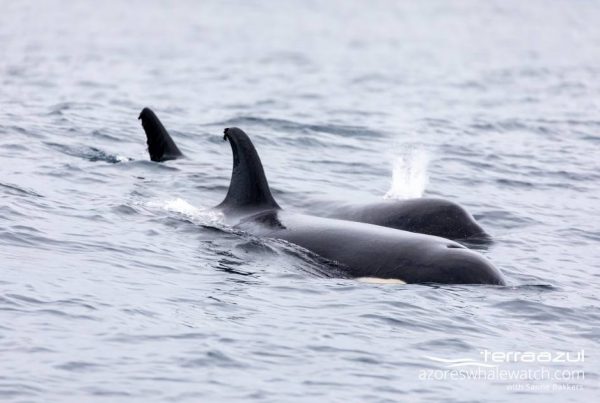
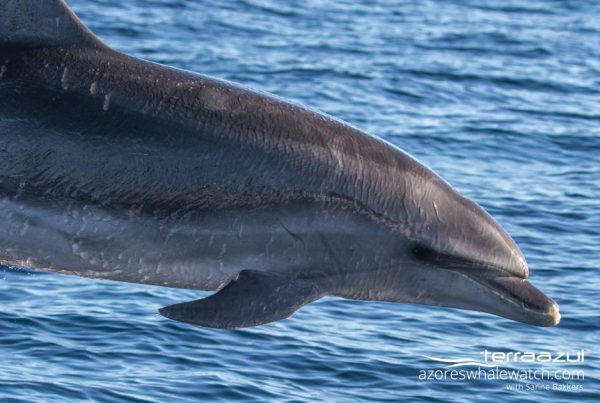



Your thoughts on this?